GPCR/G protein

All GPCRs share a common seven trans-membrane structure. GPCRs are associated with heterotrimeric G-proteins which are GTP-binding proteins made of alpha, beta, and gamma subunits. When a ligand binds to GPCR, it activates the attached G-protein, the GDP is replaced with GTP. The activated G-protein then dissociates into an alpha and a beta-gamma complex which activates downstream signaling pathways. These intracellular signaling pathways include cAMP/PKA, calcium/NFAT, phospholipase C, protein tyrosine kinases, MAP kinases, PI-3-kinase, nitric oxide/cGMP, Rho, and JAK/STAT.
GPCRs are one of the most important therapeutic targets for various diseases, over 30% of all modern medicinal drugs target this family. Aberrant GPCR functions are involved in pathological conditions such as neurological, immunological and hormonal disorders. A large number of GPCRs have been identified, but whose ligands are not known, are classified as orphan receptors.
-
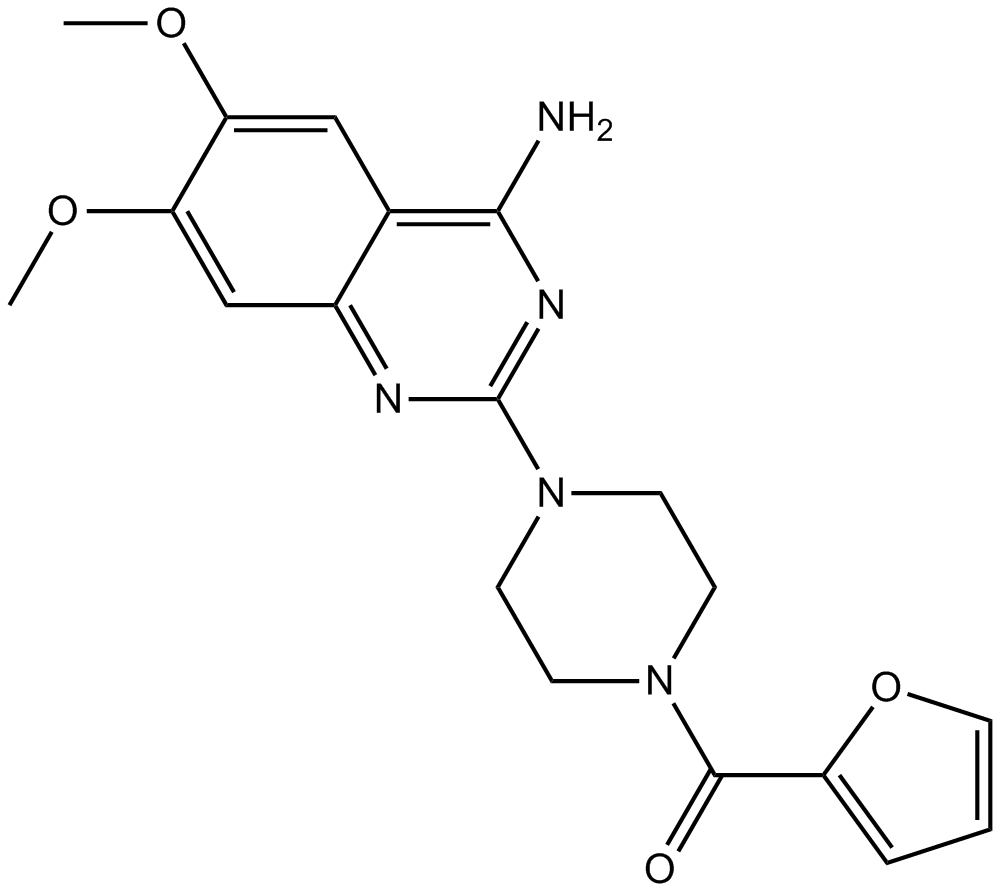 B1062 PrazosinSummary: alpha-adrenergic blocker
B1062 PrazosinSummary: alpha-adrenergic blocker -
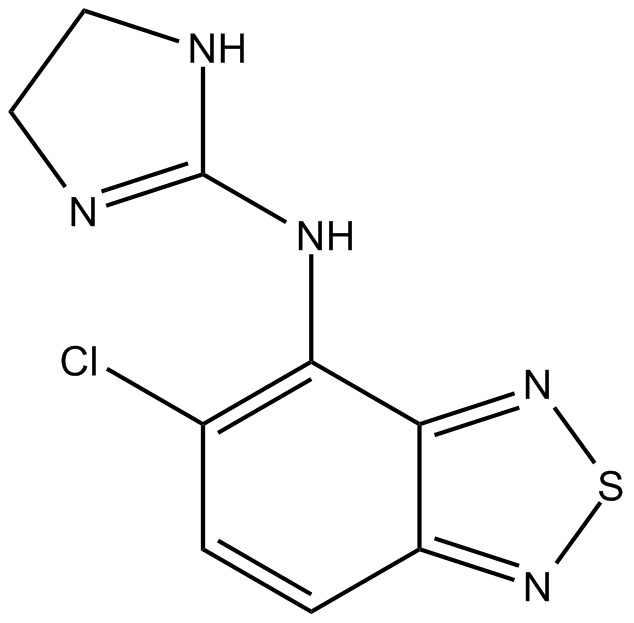 B1063 TizanidineSummary: α2 adrenergic agonist
B1063 TizanidineSummary: α2 adrenergic agonist -
 B1368 Tizanidine HClSummary: α2-adrenergic receptor agonist
B1368 Tizanidine HClSummary: α2-adrenergic receptor agonist -
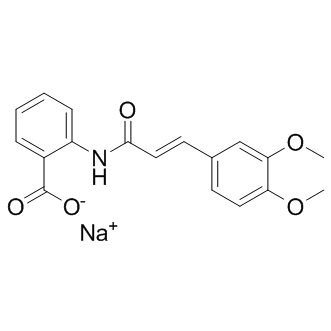 B1073 Tranilast SodiumSummary: Antiallergic agent
B1073 Tranilast SodiumSummary: Antiallergic agent -
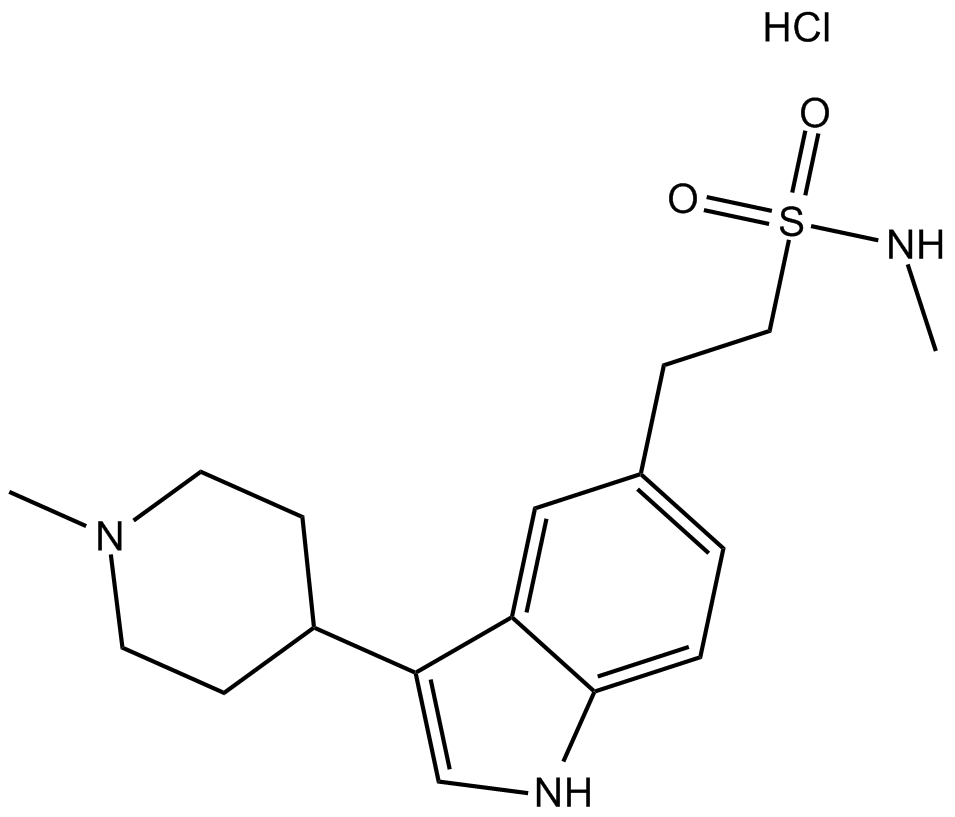 B2251 NaratriptanTarget: 5-HT1 ReceptorSummary: selective 5-HT1 receptor subtype agonist
B2251 NaratriptanTarget: 5-HT1 ReceptorSummary: selective 5-HT1 receptor subtype agonist -
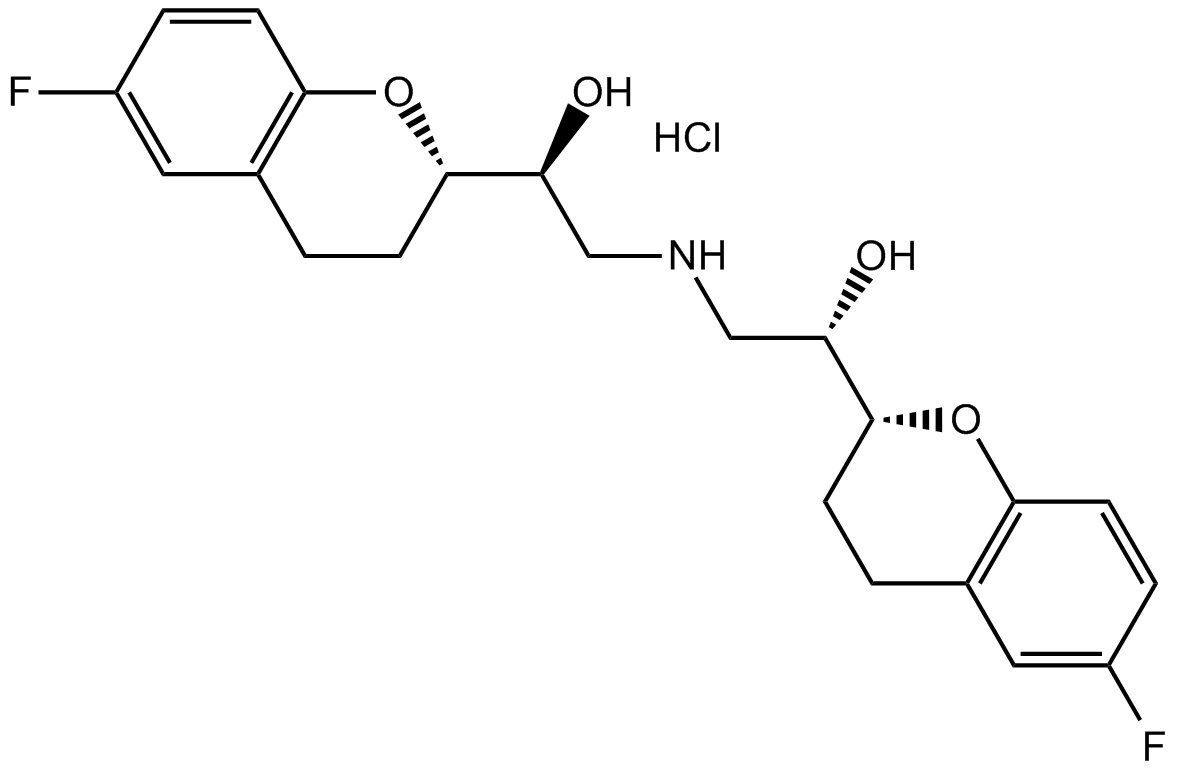 B1341 NebivololSummary: Highly selective β1-adrenoceptor antagonist
B1341 NebivololSummary: Highly selective β1-adrenoceptor antagonist -
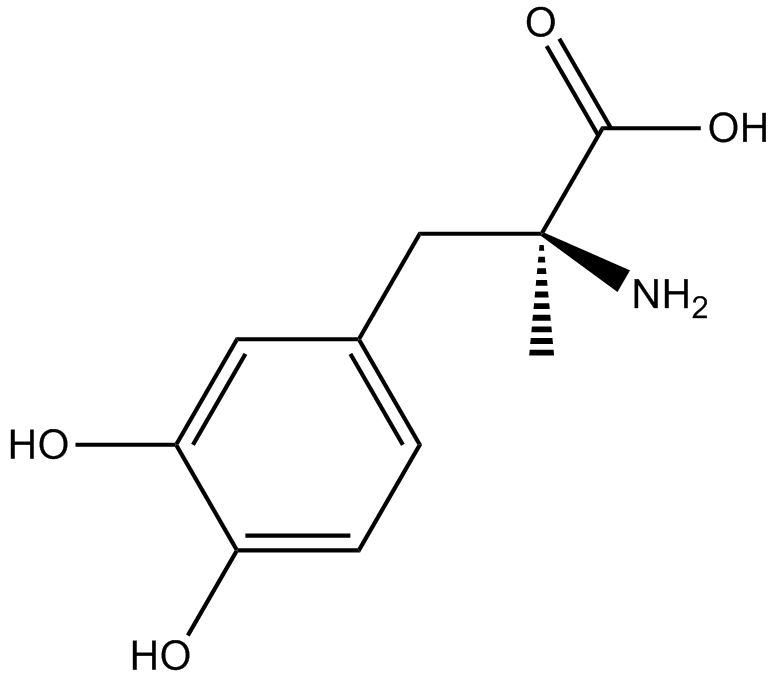 B1787 MethyldopaSummary: alpha-2 adrenergic receptor agonist
B1787 MethyldopaSummary: alpha-2 adrenergic receptor agonist -
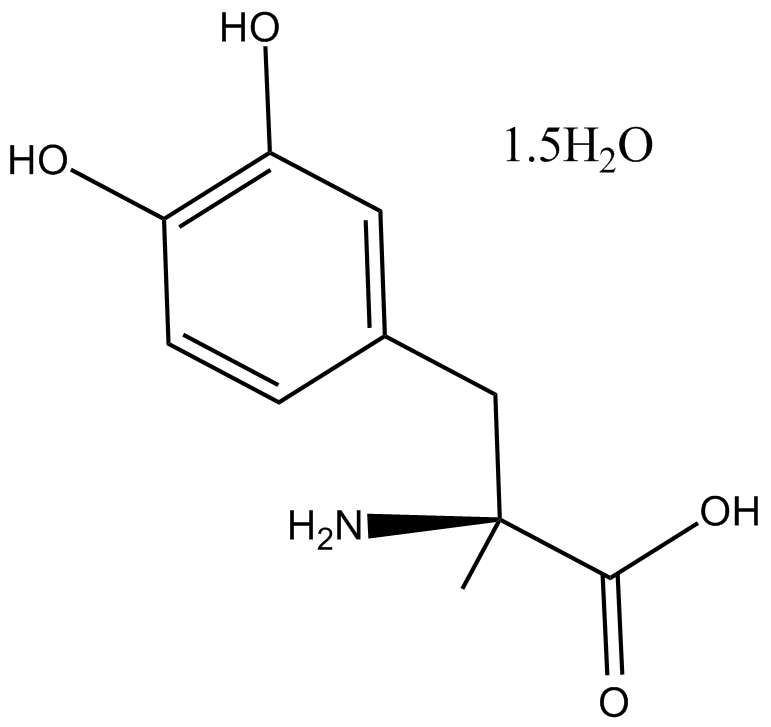 B1064 L-(-)-α-Methyldopa (hydrate)Summary: Alpha-adrenergic agonist
B1064 L-(-)-α-Methyldopa (hydrate)Summary: Alpha-adrenergic agonist -
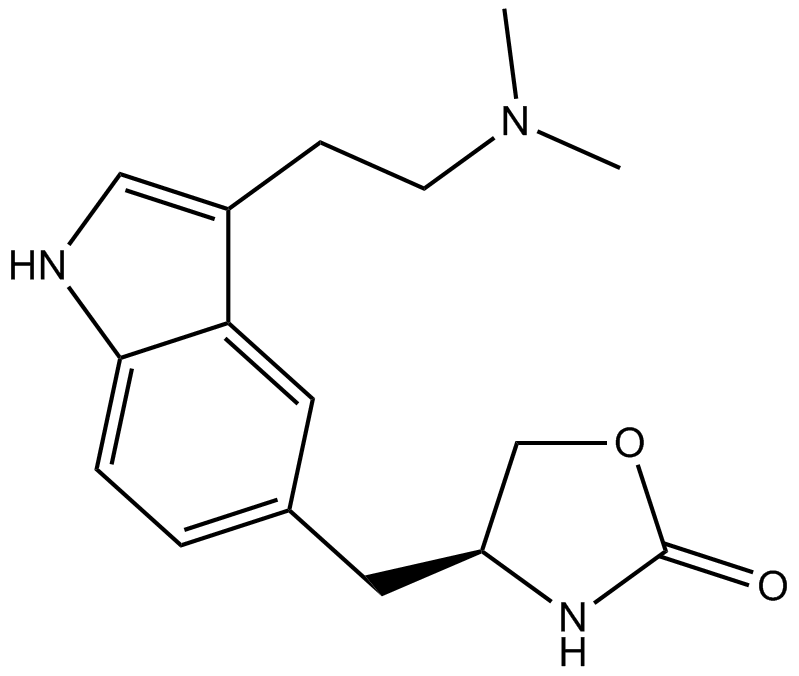 B2261 ZolmitriptanSummary: Potent 5-HT1B/1D/1F agonist
B2261 ZolmitriptanSummary: Potent 5-HT1B/1D/1F agonist -
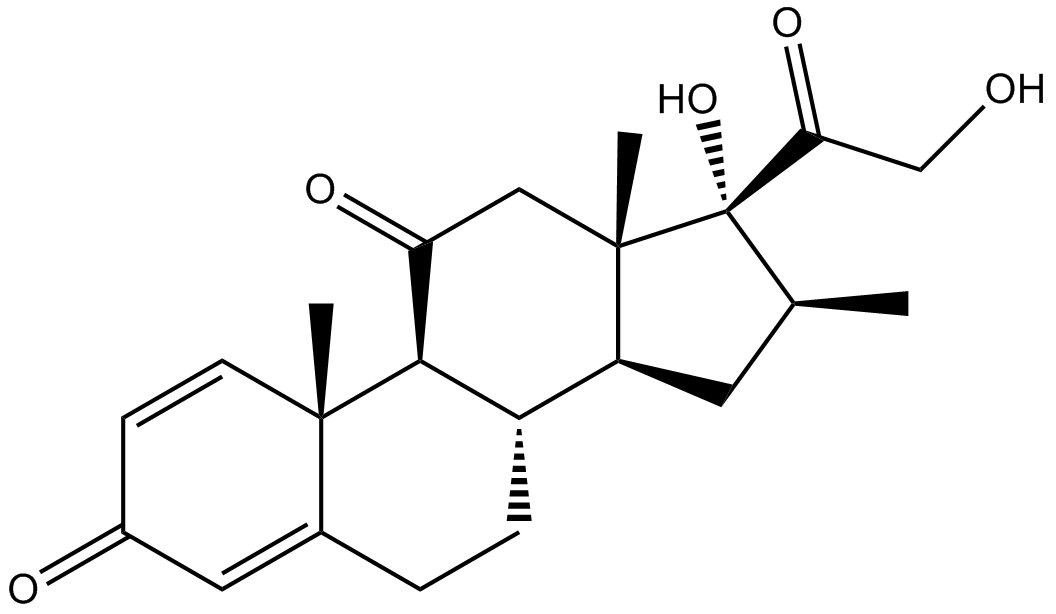 B2081 MeprednisoneSummary: Glucocorticoid receptor (GR) agonist
B2081 MeprednisoneSummary: Glucocorticoid receptor (GR) agonist

